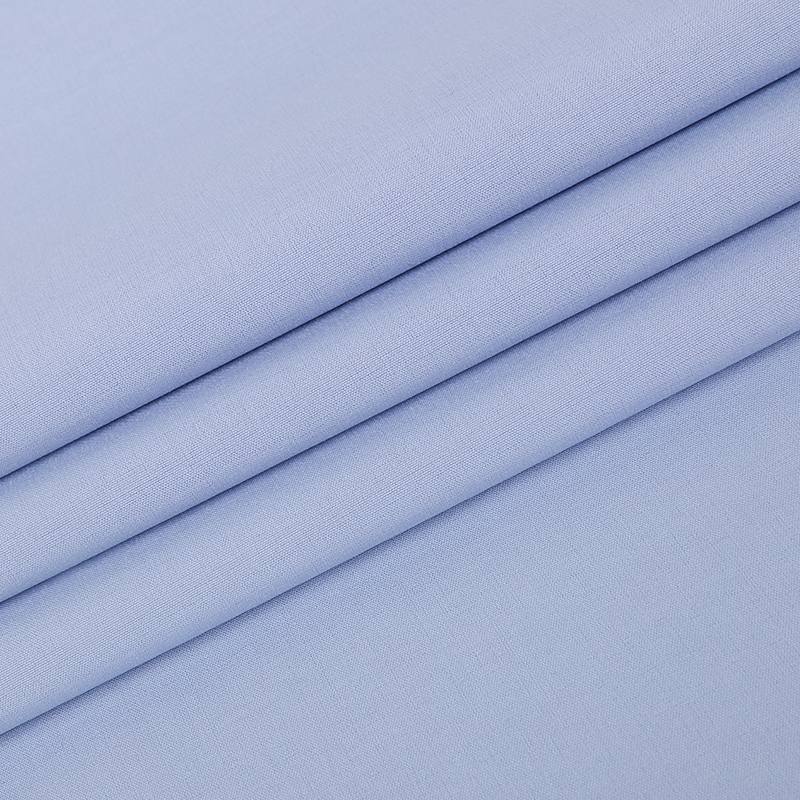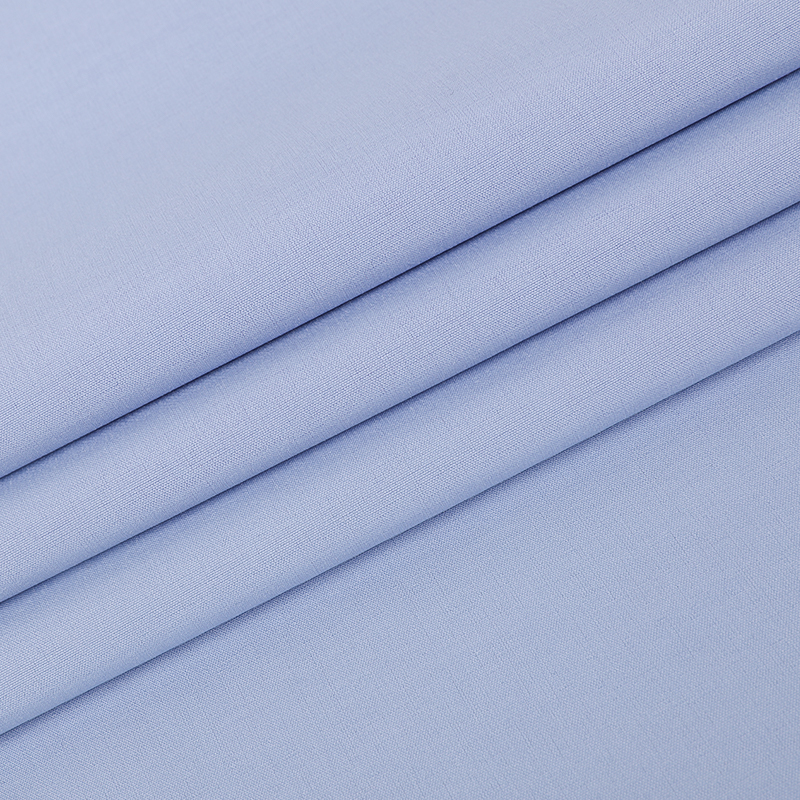If you are interested in some of our products, please feel free to visit our website or contact us for detailed information.

When designing and producing Polyester Four Way Stretch Fabric's garments, ensuring comfort and durability is paramount. This fabric is popular in all types of sportswear and casual wear due to its excellent elasticity and recovery properties.
1. Fabric selection and design
Fabric quality: Choosing high-quality Polyester Four Way Stretch Fabric is the basis for ensuring comfort and durability. The fabric should have even fiber distribution, good elasticity and wear resistance.
Textures and Thickness: Polyester Four Way Stretch Fabric comes in a wide variety of textures, from smooth and delicate to those with a variety of textures and patterns. Different textures will bring different feel and visual effects, and also affect the breathability and warmth of clothing. Smooth textures generally provide better breathability and are suitable for summer sportswear. Fabrics with textured or mesh designs can better enhance breathability and provide adequate cooling effects for athletes during strenuous exercise. The thickness of the fabric directly determines the thermal performance of the clothing. In winter, you need to choose thicker fabrics to make clothing to ensure adequate warmth. In summer, you should choose lightweight fabrics to improve the breathability and comfort of your clothing. Thickness also affects the athletic performance of the garment. Thicker fabrics may limit an athlete's range of motion and reduce flexibility during exercise. Therefore, when designing sportswear, it is necessary to choose fabrics of appropriate thickness to ensure that athletes can stretch freely during exercise.
Pattern and color: The matching of pattern and color should be considered when designing to meet the aesthetic needs of different consumers. At the same time, color selection should consider washability and lightfastness to ensure that it does not fade after long-term use.
2. Version design
Fit: The pattern design should fully consider the curves and movement characteristics of the human body to ensure that the clothing fits well and does not affect movement. For example, the crotch of sweatpants should be designed with the step-in motion in mind to ensure comfort.
Detail processing: In pattern design, attention should be paid to details, such as the closing design of collars, cuffs, hems and other parts to prevent the fabric from loosening or deforming.
3. Production process
Cutting: When cutting, make sure the fabric is smooth, flawless, and cut accurately according to the pattern requirements. At the same time, attention should be paid to saving fabrics and reducing production costs.
Sewing: During the sewing process, you should use sewing thread and needle size that match the fabric to ensure that the stitching is firm and does not affect the elasticity and comfort of the fabric. Attention should also be paid to the flatness and beauty of the stitches.
Ironing: Ironing is a key step in getting the garment to its desired shape and size. During the ironing process, the temperature and time should be controlled to avoid damage to the fabric.
4. Functional design
Breathability: Although Polyester Four Way Stretch Fabric has good elasticity and wear resistance, its breathability is relatively poor. When designing, the breathability of clothing can be improved by using breathable mesh fabrics and adding breathable openings.
Moisture wicking: In order to improve the comfort of the garment, moisture wicking function can be added. Add moisture-absorbing and sweat-wicking additives to the fabric or use materials with better moisture-absorbing properties in the inner layer.
Antibacterial and anti-odor: During exercise, the human body produces a large amount of sweat and bacteria. Therefore, antibacterial and anti-odor technologies can be considered when designing, such as adding antibacterial agents or spraying antibacterial coatings on the surface of the fabric.
5. Quality inspection
Appearance inspection: Conduct an appearance inspection on the finished product to ensure that there are no defects, stains, threads, etc.
Size measurement: Measure according to standard sizes to ensure accurate clothing size.
Functional testing: Test the clothing’s breathability, moisture wicking, antibacterial and deodorizing properties to ensure that it meets design requirements.
6. Later maintenance
Providing consumers with correct cleaning and maintenance methods, such as the temperature for hand washing or machine washing, detergent selection, etc., to ensure that clothing maintains comfort and durability during long-term use.


 English
English 中文简体
中文简体 Español
Español Français
Français italiano
italiano








